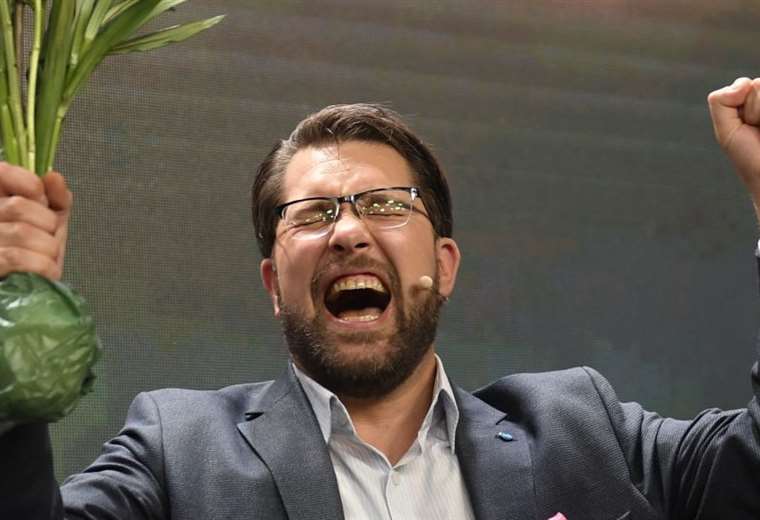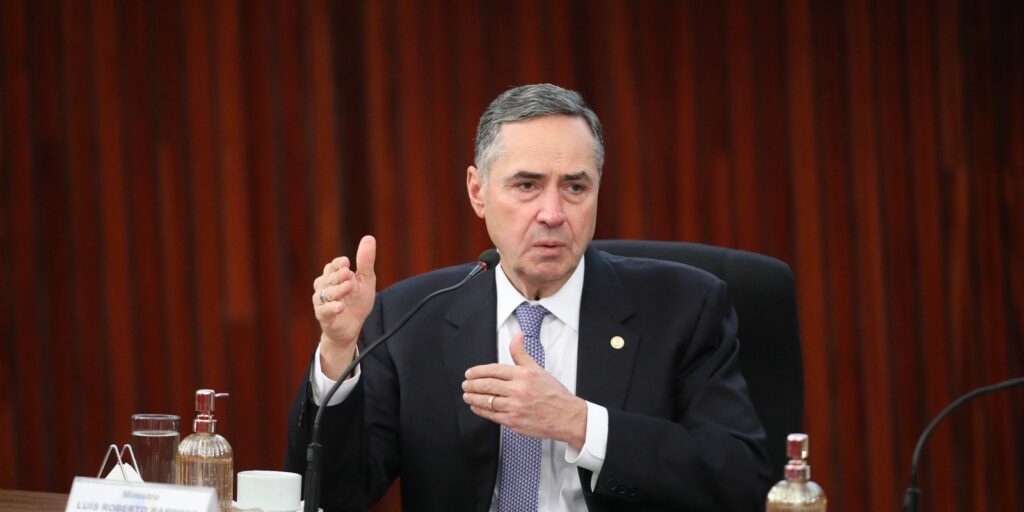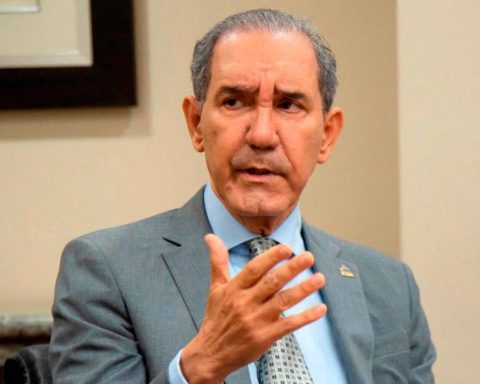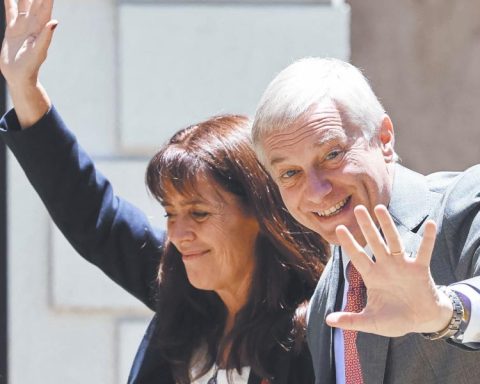September 15, 2022, 3:14 PM
September 15, 2022, 3:14 PM
Turning point in Swedish politics.
The historic result of the far-right Sweden Democrats in last Sunday’s elections, which was the second most voted force, has radically transformed the country’s political map.
The first consequence has been the resignation of the Prime Minister Magdalena Anderssonwhose coalition of center-left parties yielded to the right-wing bloc for 176 votes to 173 with 99% counted in the absence of the final count that will confirm the results.
The winning right-wing bloc is made up of the Sweden Democrats, the Moderate Party, Christian Democrats and Liberals.
Although the Sweden Democrats came in second in the country, it is expected that the next government is headed by Ulf Kristersson, of the Moderate Party.
This is because the leader of the Sweden Democrats, Jimmie Akesson, 43, does not have the full support of the four forces of the right-wing coalition, according to the BBC’s Stockholm correspondent Maddy Savage.
The Swedish Social Democratic Party, the group led by Andersson, had been in power since 2014 and had dominated the political map since the 1930s.
The electoral campaign was dominated by the growing gang violence and the debate on immigrant integration. Topics that centered the agenda of the extreme right and that largely explain its success among many voters.
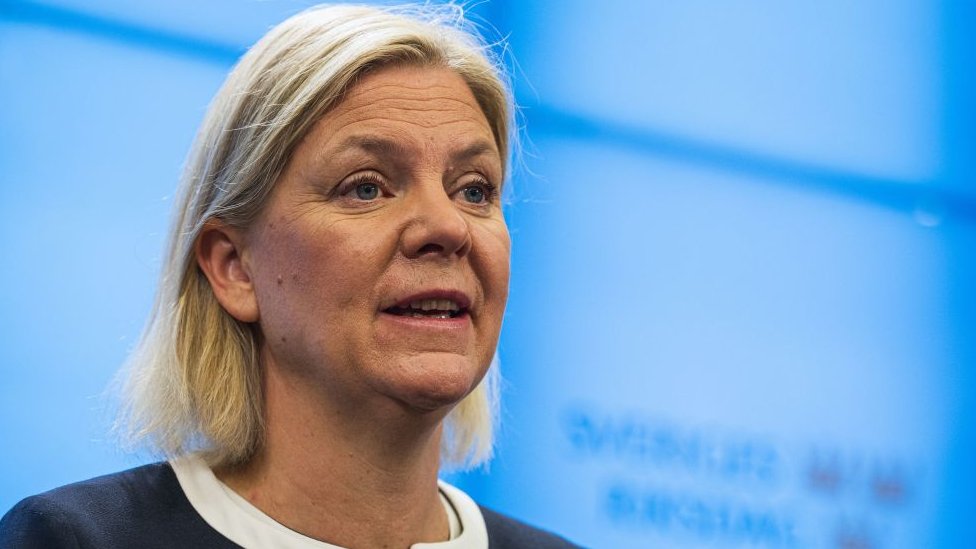
From a pariah party to the second most voted force
For decades, the Sweden Democrats had been branded as a pariah party by other political forces.
Their links to the neo-Nazi movement at his birth in the late 1980s and his anti-immigration and branded racist discourse distanced him from the social democratic trend that dominated the political agenda.
Under the leadership of Jimmie Akesson since 2005, the party began a facelift in which it moved away from racist and violent stances to better fit the Swedish electorate.
His base began to grow thanks to rural working-class voters, but now it has expanded to more areas and age groupseven with considerable support from young people between 18 and 21 years old.
The formation entered Parliament for the first time in 2010 with 5.7% of the vote. In 2018 they shot up to 17.5%. A year later, Ulf Kristersson, leader of the Moderate Party, orchestrated a major change in Swedish politics by opening talks with the group.
Now, in the elections on Sunday, the far-right formation took another step to harvest the twenty % of votes and become the second strength of the country.
How did they become the second force?
Surveys and analysts explain the success of the Sweden Democrats by how they have focused their speech during the pre-election period, where the debate on security has been a vital issue.
“Crime has beaten other issues like the environment, inflation, the economy and the pandemic,” says Sten Widmalm, a professor at Uppsala University in Sweden.
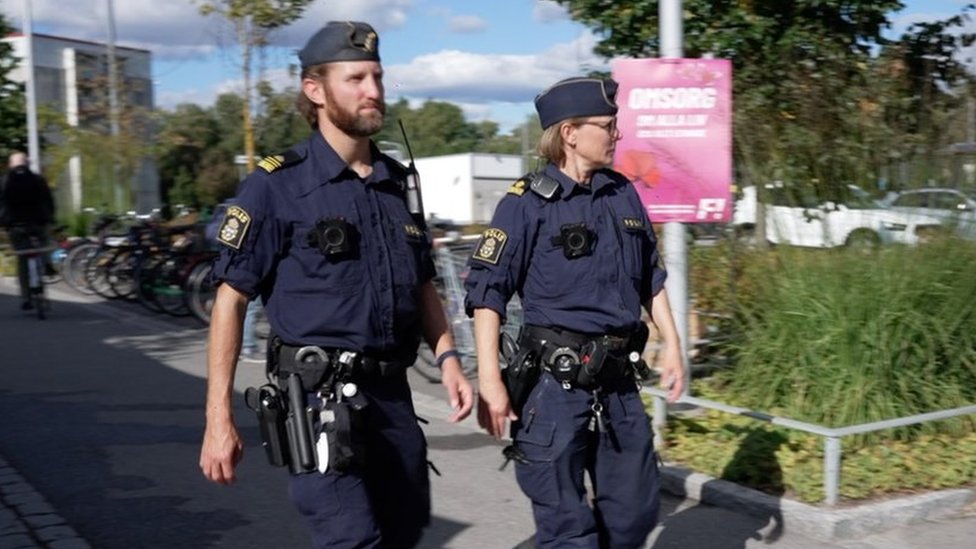
Swedish media described this campaign as one of the “ugliest in history” because of how the sharp increase in armed violence and gang crime became the main theme.
According to a 2021 report from the Swedish Council for Crime Prevention, gun crimes are growing in Sweden at a faster rate than in any other country in Europe.
Until now, 47 people have died due to these crimes in the countrymore than in all of 2021.
Sweden is one of the European countries that welcomes the most asylum seekers and has one of the most positive attitudes towards migrants. However, the fact that much of the violence occurs in areas with a high concentration of migrants has fueled the debate on the country’s integration policies.
Nikoj Djane, a criminalist who grew up among gangs in southern Sweden, points to the growing drug market and lack of job opportunities in poorer areas as the cause of this phenomenon, but not everyone thinks so.
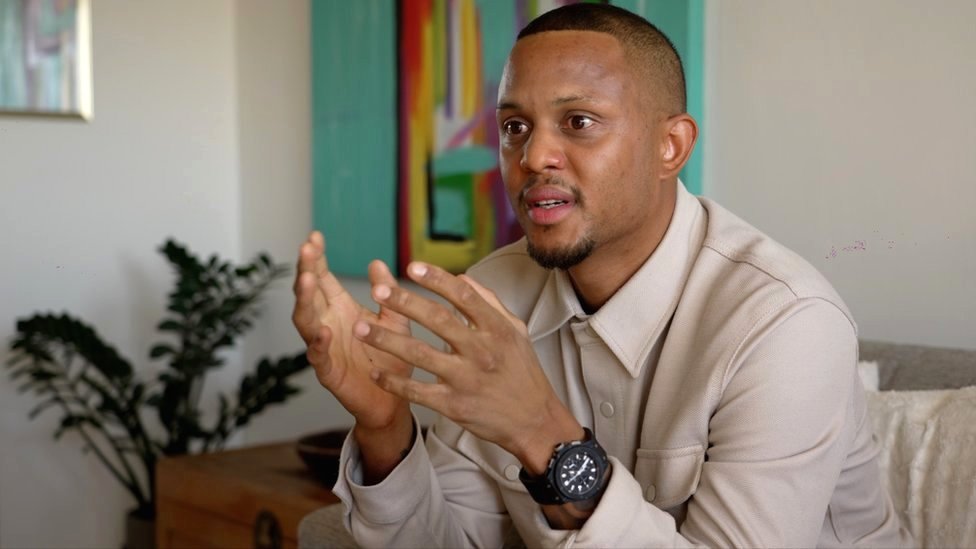
In the run-up to the elections, the BBC went to the train station in the city of Uppsala, where supporters of the Sweden Democrats were queuing to greet Richard Jomshof, secretary of the association.
“We’ve taken a lot of migrants here and… they haven’t integrated, maybe they don’t want to,” said one of the supporters, Alexander Jennerstig, a 28-year-old former warehouse worker.
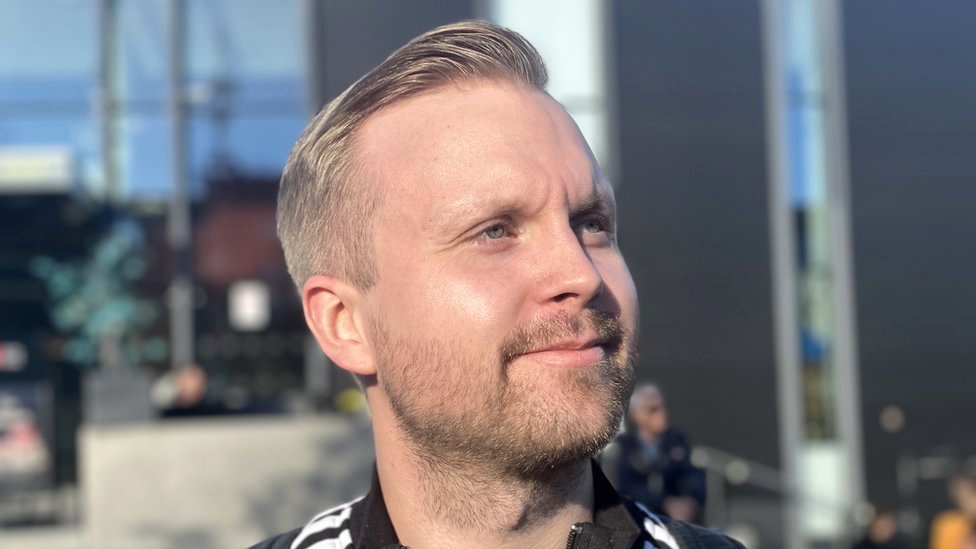
A recent survey by the SOM Institute at the University of Gothenburg found that 90% of Swedes would like to see tougher sentences for gang-related offenders.
In this context, the far-right formation led by Akesson promises to “make Sweden safe again” by imposing longer prison sentences and restricting migration.
A speech that first penetrated the polls, where it already appeared as the second force in voting intention, and which is now certified with the support of a fifth of the electorate at the polls.
What will happen now?
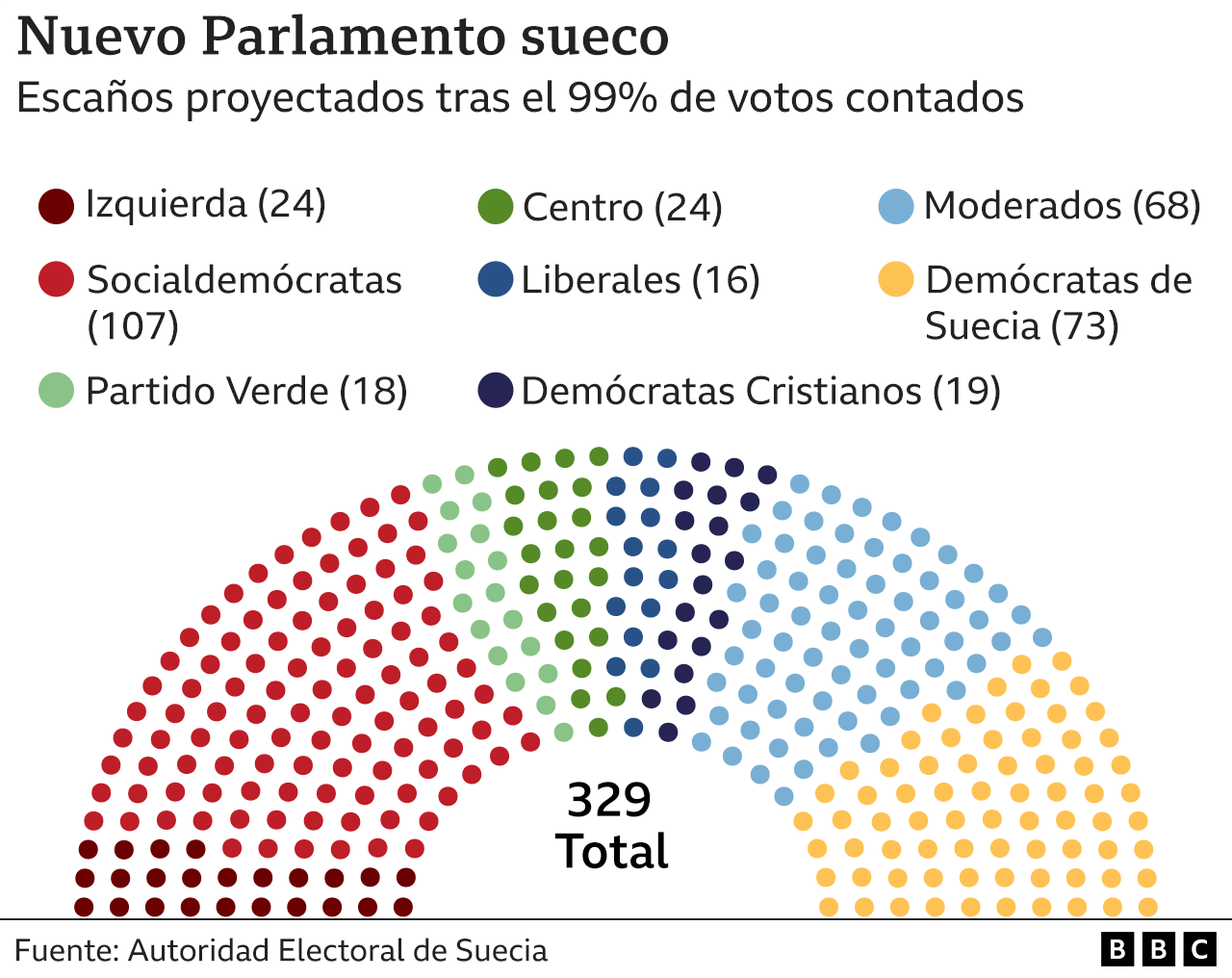
Sunday’s election has been one of the most closely contested in history, with thousands of foreign and mail-in votes needed to get a clear picture of the winner.
The victory of the right bloc is a heavy blow to social democrats of Prime Minister Andersson, despite getting more votes than in the last elections and still being the largest party in the country.
In Sweden, the political blocs define who occupies power and in this case it will be the turn of the right. The call to head the next legislature, Ulf Kristersson, of the Moderate Party, assured “to be ready to form a stable, new and vigorous government for all of Sweden and its citizens.”
Andersson accepted his defeat at a news conference on Wednesday and formally offered his resignation on Thursday.
“They are one or two seats ahead in Parliament. It’s a tight majority, but it’s a majority,” Andersson said.
Now you can receive notifications from BBC World. Download the new version of our app and activate it so you don’t miss out on our best content.
